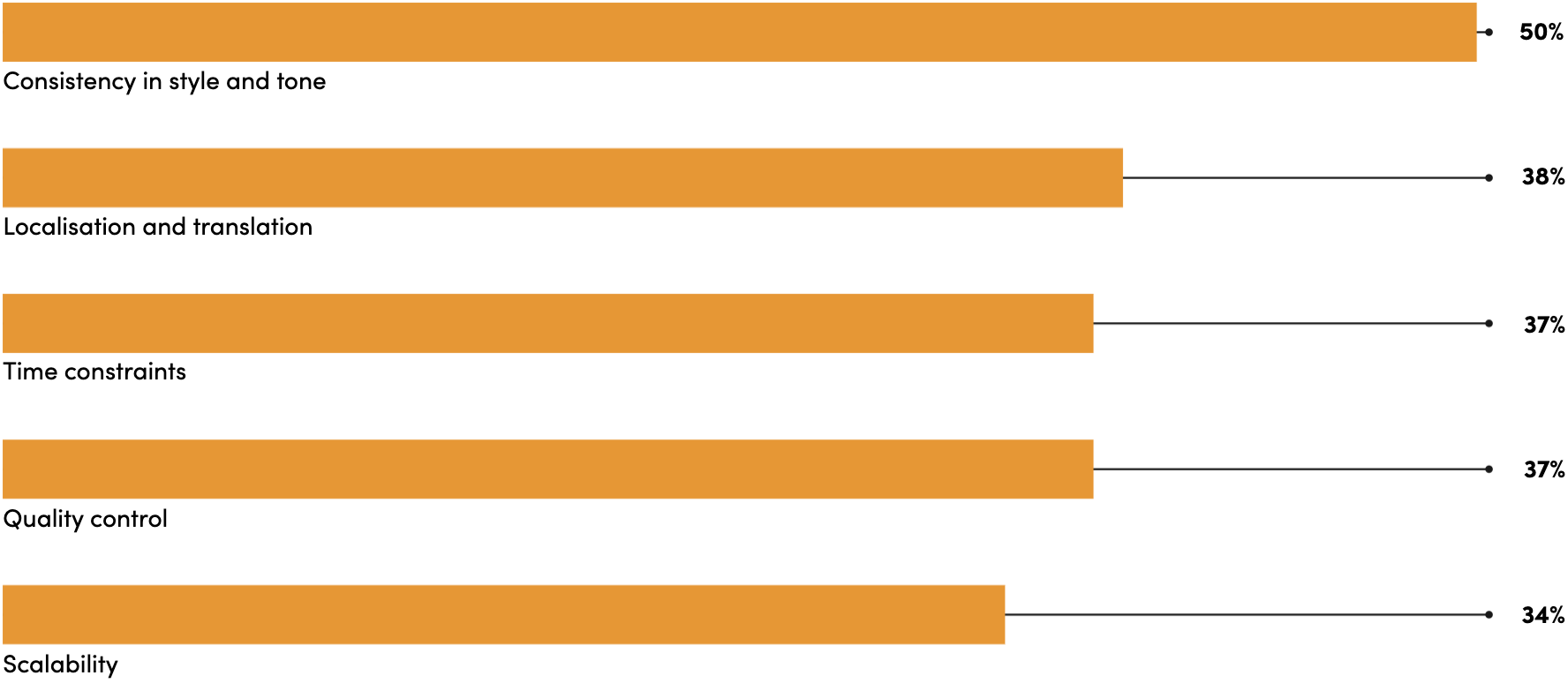Learn how to unlock stronger HCP engagement through data-led digital strategies, responsible AI and a renewed focus on long-term value
Capturing the attention of healthcare professionals (HCPs), who are under constant pressure to manage time and patient care, is no small feat. Pharma marketers must navigate a complex landscape of tighter regulation, economic constraints, technological disruption, and rising competition to engage effectively.
This article explores key strategies pharma marketers can leverage to strengthen digital engagement with doctors and other HCPs — aligning content, channels and timing to deliver greater impact.
01. Understand your audience
Medical communications that are generic in nature lack the nuance and relevance necessary to capture doctors’ attention. Engagement needs to be data-driven and specialised enough to meet the needs of the intended recipient.
For an HCP to actively seek out pharma content, it must offer clear, credible value and relevance to their clinical practice. That means messaging needs to go beyond generic outreach and be tailored to their specific interests and challenges. Marketers must also bear in mind that there may be a level of cynicism about the motives for their content.
Pharma marketers may face challenges in terms of the depth of customer data available and the number of customers covered by the data when it comes to building omnichannel customer journeys in a highly regulated environment.
Markets, even within the same geographical region, can vary significantly in structure, influenced by factors such as healthcare system design, reimbursement models, and disease-specific pathways. As a result, how care is delivered and accessed can pose different challenges for pharma engagement.
Using content strategies guided by real-world behavioural data to navigate these variances can make the difference between a message reaching its destination – and being read – or not. Being able to analyse the progress of campaigns means content can be flexed where necessary to suit each customer type by gaining a deep and nuanced understanding of your audience.
We all recognise the importance of this approach – but turning insight into consistent, high-quality engagement remains a challenge. Many pharma marketers understand what needs to be done, yet execution is often where momentum stalls.
Leveraging expert partners like M3 can bridge this gap. With access to real-world behavioural data, deep insight into channel preferences, and a proven track record in facilitating meaningful doctor engagement, M3 helps pharma companies move from theory to sustained impact. Their expertise enables marketers to fine-tune messaging, optimise outreach cadence and ensure that every touchpoint is aligned to HCP expectations – turning the conceptual ‘how’ into a clear, achievable plan.
Tim Russell, executive vice-president at M3 EU, says: “I would always urge pharma marketers to understand where HCPs are going online, which platforms they’re using, how they’re getting there – whether that’s via search, referral or email – and why. Use that insight to deliver relevant content in the right format. If you know doctors are accessing information across different devices – be it an iPad, phone or desktop – make sure the content is available in environments they’re comfortable with, and presented in a way that suits how they prefer to consume information.”
02. Build long-term relationships with HCPs
Once pharma marketers understand how HCPs access content, it is vital to sustain their attention. Russell recommends avoiding a single-shot approach and persisting in their communications – once they know they are using the right channels.
Russell says: “The demands of digital engagement are continuous – fresh, relevant content must be delivered consistently to keep doctors engaged. So, because you have created a really nice piece and sent that to doctors, they might want the next chapter, the next phase. Don’t forget – it’s a long-term relationship, a long-term plan.
“Marketers have to develop a relationship over time by multiple touch points that are high quality. Then you will earn trust and credibility, and then you can really start developing a dialogue with these doctors.”
This approach isn’t just intuitive – it’s backed by behavioural science. Building trust and shifting behaviours, such as encouraging HCPs to trial or adopt a new treatment, rarely happens in a single moment. Engagement must be repeated, consistent and genuinely valuable over time. It’s this ongoing presence that lays the groundwork for stronger relationships and, ultimately, behaviour change. In this context, pharma marketers must think long-term – using a series of tailored, high-quality engagements across trusted channels to build familiarity, earn trust and drive meaningful adoption.
Marketers producing content for HCPs are up against various challenges

M3 2023
03. Use AI appropriately
Adopting new technologies and approaches, such as artificial intelligence and predictive modelling, offers exciting possibilities for better audience understanding and more personalised engagement. But to realise that potential, organisations must be ready to evolve. This includes building new skill sets, rethinking workflows, and staying alert to fast-moving best practices.
Whether using AI to segment audiences, predict behaviours, or personalise content, businesses must also grapple with practical and ethical challenges. Teams need to understand the limitations of the tools they’re using, such as biased training data or the risk of inaccurate outputs, and ensure there’s appropriate human oversight in decision-making processes.
In highly regulated industries like healthcare, this becomes even more critical. It’s not just about what the technology can do, but how it’s applied. Transparency, accountability and rigorous documentation are key to maintaining trust, especially when sensitive data is involved. Marketers must also put strong privacy and security safeguards in place to meet regulatory expectations.
Ultimately, successful engagement in a tech-enabled landscape requires more than just adopting new tools. It demands a culture of responsibility, continuous learning, as well as clear alignment between technology and what you are trying to achieve.
04. Balance human insight and automation
While automation saves time, Russell warns that marketers should ensure that automated processes have been rehearsed and work in the way intended. Sanity-checking automated elements is crucial.
M3 EU’s senior vice-president Maxim Polyakov adds: “While a well-trained algorithm that can spot cancer on an image that a radiographer cannot is nothing except a good thing. For me, the human vs AI debate is much more than that. Right now, the way AI is being positioned is that it’s a tool that makes an expert better at their job. It does not make a non-expert into an expert, and that distinction is key.”
05. Focus on purpose, not just performance
Finally, marketers must keep sight of their broader responsibility: to support better patient outcomes through ethical, informed and meaningful communication. Balancing commercial objectives with a clear sense of purpose will help deliver lasting value – for healthcare professionals, the patients they serve, and ultimately the pharmaceutical companies themselves.
Polyakov concludes: “Our goal at M3 is to use technology to bring relevance, timeliness and personalisation to the vast amounts of information that time-poor HCPs need to absorb, while complying with, and understanding, the regulatory framework that surrounds pharma and healthcare. And the ultimate goal of all this is for patients to lead healthier and longer lives, and for health provision to be more effective.”
In a world where information overload and regulatory scrutiny go hand in hand, pharma marketers must blend precision with empathy, and strategy with responsibility. By focusing on long-term engagement, ethical innovation and a clear understanding of HCP needs, pharmaceutical marketing teams can chart a clear path to meaningful, measurable impact.



